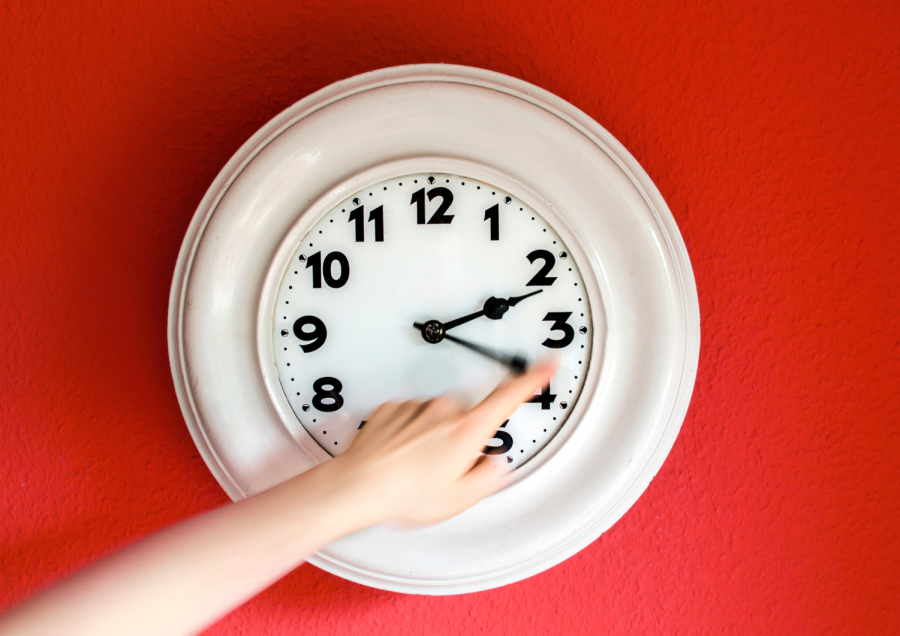Daylight Savings Time – Yes or No?
In May of 2022 Senate passed a bill mandating a permanent Daylight Savings time. At the time this seen as a good idea but after more careful consideration many were worried about the consequences.
According to The Washington Post “…Until scientists pointed out that such a change could cause a nationwide case of seasonal depression, learning loss and physical health problems.”
The idea is not completely over yet, though. It is still guaranteed to be debated again is up in the air. A large percentile of our younger generations is in favor of eliminating the idea of changing the clocks. But another angle should be considered when we look at this.
According to The Washington Post “Humans evolved outside, in nature, and our brain clocks are exquisitely attuned to the sun. Standard time is an approximation of the solar day and is more or less in line with the rising and setting sun. Decades of research shows we’re at our best when we live harmoniously this way.”
It is important to find a balance. We have the perfect amount of sync at the moment and too much change at once could be scary and too bold.
Mexico is slowly introducing the idea of eliminating Daylight Savings Time.
“Mexico will not resume the usage of daylight saving time as planned in April of 2023. Instead the country will remain on standard time year round.” according to TimeTemperature.com.
It is a dangerous game to play around with time. Our sleep schedule is entirely dependent on what time it is, in fact. Our health as a whole revolves around daylight savings time.
“We all enjoy the sun. But in winter, when sunshine is scarce, we don’t have the luxury of tinkering with time. Evening sun is for our entertainment. Morning sun is for our health.” according to The Washington Post.
Research concludes that it can be dangerous to the teenage brain. Teenagers are already showing an abundance of depression and sleep deprivation/insomnia cases.
“Because of the later biological pacing of the teenage brain, waking at 7 a.m. already feels to young people like waking at 5 a.m. With permanent daylight saving time, it would feel like 4 a.m. This would put a serious strain on teen mental health. The result would be, among other things, shortened sleep for a population that is already severely sleep-deprived and a potential uptick in rates of depression, when teens are already struggling with elevated levels of depressive symptoms and suicidal thinking.” according to The Washington Post.
Because of the butterfly effect, what effects them, will in turn effect us. It could pose to be life threatening. Sleep deprived teenagers are our future members of society, they are the people you see on your way to work, and they are the people that go to schools everyday.
Everyone argues about how damaging screen-time is, when in reality it’s sun-time we need to be worried about. When we see the sun, our brain tells us it is time to be awake and when we need to be productive. This is taken away when the days are shorter and we have opportunities to accumulate sleep debt.
Permanent daylight savings time is hardly the correct answer, or the solution. Rather, we should rewrite the Sunshine Protection Act and set a standard permanent time.
According to The Washington Post, “It’s rare that we have the chance to elevate youth mental health — everyone’s health — in a sweeping and immediate way. Permanent standard time would give us this opportunity.”
Brianna Griffin is a Senior ar WHS and this is her second year on the Advocate staff. She involves herself in martial arts as an instructor. Currently,...





